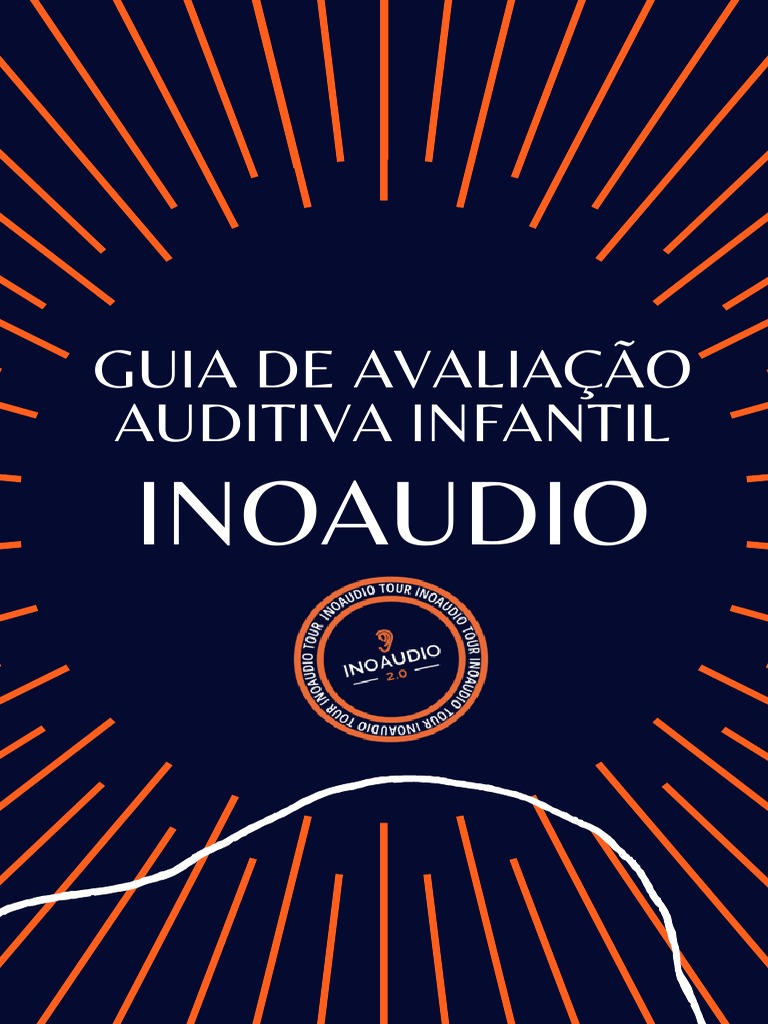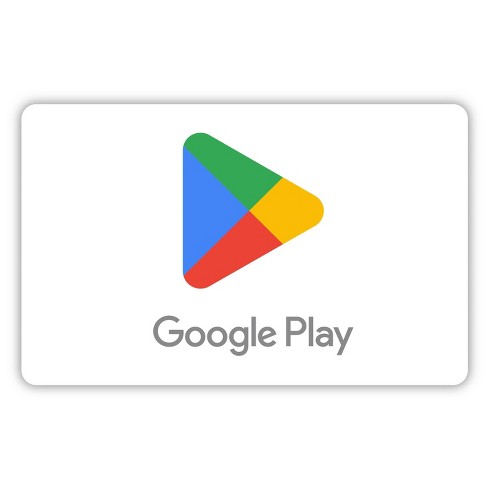A device and an app for the diagnosis and self-management of tinnitus
Por um escritor misterioso
Last updated 20 junho 2024

Tinnitus is an annoying ringing in the ears, in varying shades and intensities. Tinnitus can affect a person’s overall health and social well-being (e.g., sleep problems, trouble concentrating, anxiety, depression and inability to work). The diagnostic procedure of tinnitus usually consists of three steps: an audiological examination, psychoacoustic measurement, and a disability evaluation. All steps are performed by physicians, who use specialised hardware/software and administer questionnaires. This paper presents a system, to be used by patients, for the diagnosis and self-management of tinnitus. The system is made up of an app and a device. The app is responsible for executing – through the device – a part of the required audiological and psychoacoustic examinations, as well as administering questionnaires that evaluate disability. The paper reviews the quality of the automated audiometric reporting and the user experience provided by the app. Descriptive and inferential statistics were used to support the findings. The results show that automated reporting is comparable with that of physicians and that user experience was improved by re-designing and re-developing the acufenometry of the app. As for the user experience, two experts in Human-Computer Interaction evaluated the first version of the app: their agreement was good (Cohen’s K = 0.639) and the average rating of the app was 1.43/2. Also patients evaluated the app in its initial version: the satisfactory tasks (audiometry and questionnaires) were rated as 4.31/5 and 4.65/5. The unsatisfactory task (acufenometry) was improved and the average rating increased from 2.86/5 to 3.96/5 ( p = 0.0005). Finally, the general usability of the app was increased from the initial value of 73.6/100 to 85.4/100 ( p = 0.0003). The strengths of the project are twofold. Firstly, the automated reporting feature, which – to the best of our knowledge – is the first attempt in this area. Secondly, the overall app usability, which was evaluated and improved during its development. In summary, the conclusion drawn from the conducted project is that the system works as expected, and despite some weaknesses, also the replication of the device would not be expensive, and it can be used in different scenarios.
)
Sonova Launches SilentCloud, a Subscription-Based Tinnitus Management App

Specific brain network predictors of interventions with different mechanisms for tinnitus patients - eBioMedicine

A device and an app for the diagnosis and self-management of tinnitus

Diagnostic Approach to Patients with Tinnitus

PDF) Effectiveness of Telerehabilitation Interventions for Self-management of Tinnitus: Systematic Review

PDF) A device and an app for the diagnosis and self-management of tinnitus
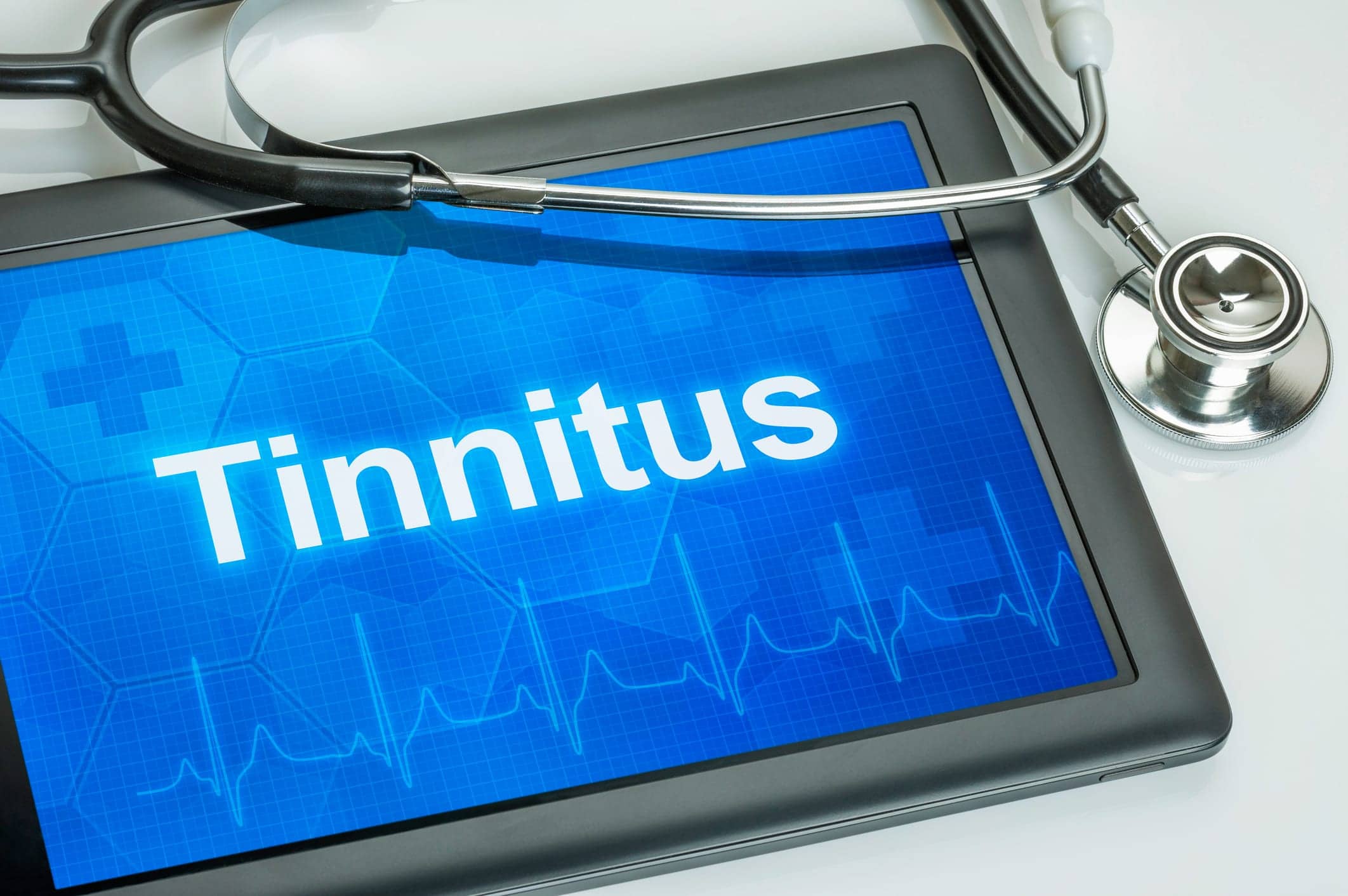
Newly Formed Tinnitus Network Expands Services
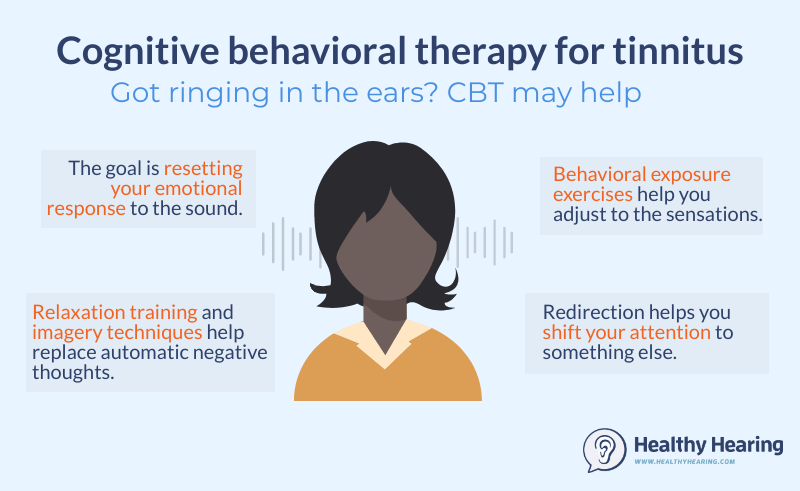
Cognitive behavior therapy for tinnitus relief

Ringing in Ears? - Widex Zen iPhone Tinnitus App

Tinnitus Assessment: A Guide for Audiologists - Natus
Recomendado para você
-
Fonotom Audiologia e Otoneurologia20 junho 2024
-
 Desenvolvendo o Raciocínio Audiológico - FonoGestão Cursos, Consultorias e Treinamentos20 junho 2024
Desenvolvendo o Raciocínio Audiológico - FonoGestão Cursos, Consultorias e Treinamentos20 junho 2024 -
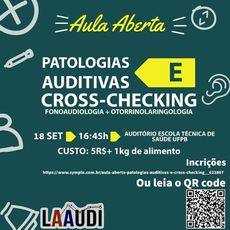 Aula Aberta: Patologias auditivas e Cross-checking — UNIVERSIDADE FEDERAL DA PARAÍBA - UFPB20 junho 2024
Aula Aberta: Patologias auditivas e Cross-checking — UNIVERSIDADE FEDERAL DA PARAÍBA - UFPB20 junho 2024 -
Identificar e classificar. Qual é a diferença? (2013) : Luiz Roberto Fontes : Free Download, Borrow, and Streaming : Internet Archive20 junho 2024
-
E-Book Inoaudio 2, PDF, Perda de Audição20 junho 2024
-
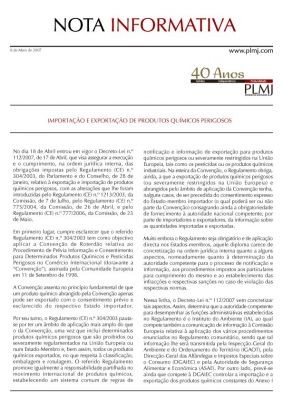 Importação e Exportação de Produtos Quimicos Perigosos - Notas Informativas - Conhecimento - PLMJ Transformative legal experts20 junho 2024
Importação e Exportação de Produtos Quimicos Perigosos - Notas Informativas - Conhecimento - PLMJ Transformative legal experts20 junho 2024 -
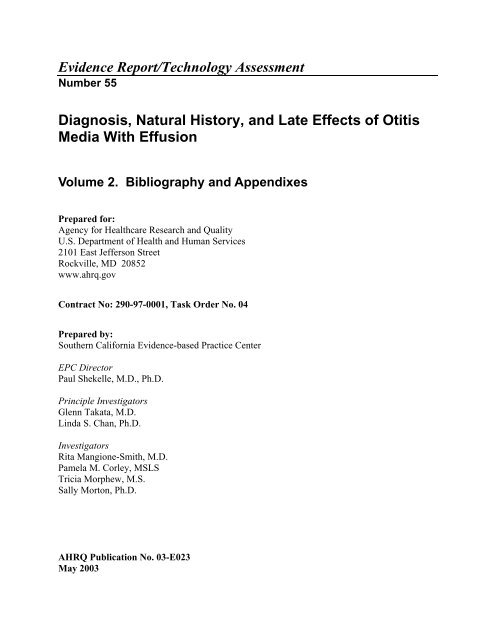 Diagnosis, Natural History, and Late Effects of Otitis Media with20 junho 2024
Diagnosis, Natural History, and Late Effects of Otitis Media with20 junho 2024 -
 SciELO - Brasil - Questionnaires and checklists for central auditory processing screening used in Brazil: a systematic review Questionnaires and checklists for central auditory processing screening used in Brazil: a systematic review20 junho 2024
SciELO - Brasil - Questionnaires and checklists for central auditory processing screening used in Brazil: a systematic review Questionnaires and checklists for central auditory processing screening used in Brazil: a systematic review20 junho 2024 -
 Aprimoramento em Audiologia Clínica – Com Ênfase na Avaliação Audiológica Básica e Eletrofisiologia - Fonotrade20 junho 2024
Aprimoramento em Audiologia Clínica – Com Ênfase na Avaliação Audiológica Básica e Eletrofisiologia - Fonotrade20 junho 2024 -
 The Use of Dynamic Assessment for the Diagnosis of Language Disorders in Bilingual Children: A Meta-Analysis20 junho 2024
The Use of Dynamic Assessment for the Diagnosis of Language Disorders in Bilingual Children: A Meta-Analysis20 junho 2024
você pode gostar
-
 desenhos pra tentar fazer nível fácil|TikTok-Suche20 junho 2024
desenhos pra tentar fazer nível fácil|TikTok-Suche20 junho 2024 -
 Tengen Toppa Gurren Lagann #2 Digital Art by Eloisa Mannion - Pixels20 junho 2024
Tengen Toppa Gurren Lagann #2 Digital Art by Eloisa Mannion - Pixels20 junho 2024 -
Google Play $200 Gift Card (email Delivery) : Target20 junho 2024
-
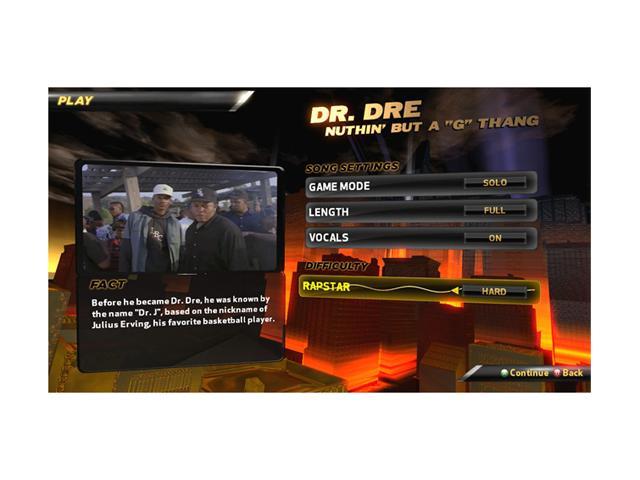 Def Jam Rapstar Wii Game20 junho 2024
Def Jam Rapstar Wii Game20 junho 2024 -
 Os 7 melhores sites para aprender inglês de graça20 junho 2024
Os 7 melhores sites para aprender inglês de graça20 junho 2024 -
 Starved Eggman Eats Sally - Vs Sonic.exe by Ichimoral on Newgrounds20 junho 2024
Starved Eggman Eats Sally - Vs Sonic.exe by Ichimoral on Newgrounds20 junho 2024 -
 Brazil's Marcelo Melo Rises to No. 1 in Men's Doubles - The New York Times20 junho 2024
Brazil's Marcelo Melo Rises to No. 1 in Men's Doubles - The New York Times20 junho 2024 -
 Quantos episódios da 2ª temporada de Invincible restam (e quando20 junho 2024
Quantos episódios da 2ª temporada de Invincible restam (e quando20 junho 2024 -
 Ace Attorney - Where to Watch and Stream Online –20 junho 2024
Ace Attorney - Where to Watch and Stream Online –20 junho 2024 -
 Animes com boas histórias, porém repletos de fan service20 junho 2024
Animes com boas histórias, porém repletos de fan service20 junho 2024

